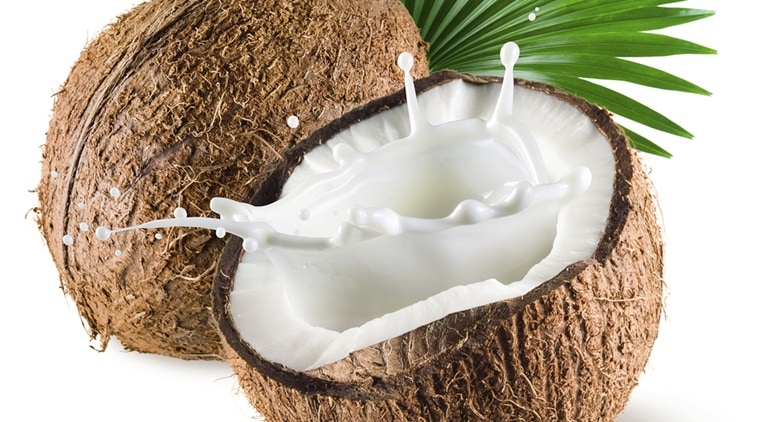SERPENTINA
Indian snakeroot
Medicinal Plant
DescriptionRauvolfia serpentina, the Indian snakeroot, devil pepper, or serpentine wood, is a species of flower in the milkweed family Apocynaceae. It is native to the Indian subcontinent and East Asia. Rauvolfia is a perennial undershrub widely distributed in India in the sub-Himalayan regions up to 1,000 metres. Source:Wikipedia
Scientific name: Rauvolfia serpentina
Family: Apocynaceae
Order: Gentianales
Kingdom: Plantae
Rauwolfia (Rauwolfia serpentina), also spelled ravolphia, is a medicinal plant in the milkweed family. The root of the plant is ground into a powder or sold in tablets or capsules. It is a compound commonly used in Asian medicine, which includes traditional Ayurvedic medicine native to India.
The Wonder Herb for Diabetes, Heart Diseases, Weight Loss & More
_______________________________
This plant, Serpentina is widely popular today in the Philippines. This plant brings a lot of health benefits. One of the chemicals in Serpentina is the same as a prescription called reserpine, an indole alkaloid, antipsychotic, and antihypertensive that has been used for the control of high blood pressure, relief of psychotic symptoms and etc. It also labelled as “King of Bitters” because of its extremely bitter taste.
_________________________________
BENEFITS
ANALGESIC – pain killer
ANTI-INFLAMMATORY – reduces swelling
ANTIBACTERIAL – has a remarkable effect in reducing diarrhea and other bacterial infections
ANTIMALARIAL – helps prevent parasite infection and multiplication in the blood stream
ANTIHEPATOTOXIC AND HEPATOPROTECTIVE – eliminates liver toxins and protects liver and gall bladder
ANTIPYRETIC – reduces fever
ANTITHROMBOTIC – blood clot prevention. Helps prevent heart attack.
ANTIVIRAL – inhibits viral activity including HIV (further studies are being made)
ANTIOXIDANT – fights free radicals
CARDIOPOTECTIVE – protects heart muscles
CHOLERETIC – increases the flow of bile
CONSTIPATION
DEPURATIVE – cleans the system especially the blood stream
EXPECTORANT – releases mucus in the respiratory system
HYPOGLYCEMIC – lowers blood sugar and protect against diabetes
IMMUNE ENHANCER – increases immune system
JOINT PAINS
SPASMS IN THE LEGS due to poor circulation
TROUBLE SLEEPING (insomnia)
NERVOUSNESS, anxiety, insomnia and certain mental diseases: it can depress the central nervous system. It was shown to decrease episodes of agitation, excitement, hallucinations, and withdrawal symptoms.
MENTAL DISORDERS such as schizophenia
THYROID- Serpentina is good for thyroid: Serpentina root extract may ameliorate T4-induced thyrotoxicosis with little or no hepatotoxic effects. It is therefore suggested that this plant extract might be considered for the treatment of hyperthyroidism.
ANTIVENOM or antitoxin for animal bites
PROMOTE UTERINE CONTRACTIONS
GOOD for THE LIVER
To reap all these benefits, our common healing practice is to eat five (5) big leaves of fresh Serpentina or six (6) small leaves, thrice (3x) a day.
It may also be taken as tea but the infused leaves should be eaten as well three (3x) a day.
You may start with a few leaves as it takes a while to get used to it.
Despite all its virtues, there should be some caution in taking Serpentina, especially, among the following:
1. Should not be taken by patients taking aspirin or any blood thinner medication since Serpentina is also a blood thinner.
2. Pregnant and lactating mothers should avoid this since Serpentina is an abortifacient. While there is no actual study on adverse effects on lactating mothers, it is better not to risk.
3. Individuals with Auto-immune diseases like multiple sclerosis, lupus, rheumatoid arthritis, etc. should avoid taking this.
If Serpentina is taken regularly and continuously, it is important to note also that it should be limited to only three (3) months for adults and one (1) month for children, whether in capsule or fresh form. It has side effects like swollen lymph glands, serious allergic reactions and elevation of liver enzymes. Too much of everything is unsafe.
What is the side effect of serpentina?
It contains chemicals that have been shown to cause low blood pressure and slow heart rate. Long-term use can cause depression. Other possible side effects of Indian snakeroot include nasal congestion, changes in appetite and weight, nightmares, drowsiness, and loose stools.
When should I take serpentina?
The typical dose is 600 mg/day, taken about 1 hour before bedtime. Since the use of rauwolfia results in a decrease of monoamine activity, those who take this compound should be monitored for the possible onset of depressive symptoms.
Food and alcohol interactions
You can take serpentina with or without food. If you experience an upset stomach, taking this medication with meals may prevent discomfort. In addition, it is important to drink plenty of water.
Do not take serpentina with alcohol. Taking these together may increase CNS depression. Signs and symptoms of CNS depression include drowsiness, sedation, slowed heart and breathing rate, and inability to make decisions.


